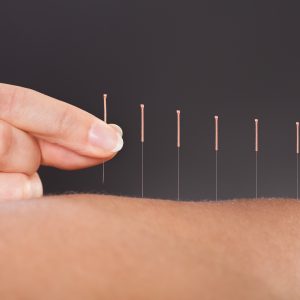In Chinese medicine, cupping is a therapy that involves placing cups on the skin to create suction. It is believed to help improve blood circulation, alleviate pain, and promote healing. The technique has been used for thousands of years and is still widely practiced today. Here’s how cupping works according to Chinese medicine: Creating suction: The cups used in cupping therapy are typically made of glass, bamboo, or plastic. They are heated with a flame or a pump is used to remove the air inside the cup, creating a partial vacuum. The cup is then quickly placed on the skin, and as the air inside the cup cools down, it creates suction, causing the skin to rise and redden. Promoting blood flow: The suction created by the cups helps to stimulate blood flow in the area. This is thought to remove stagnation and congestion in the body, improving the circulation […]

